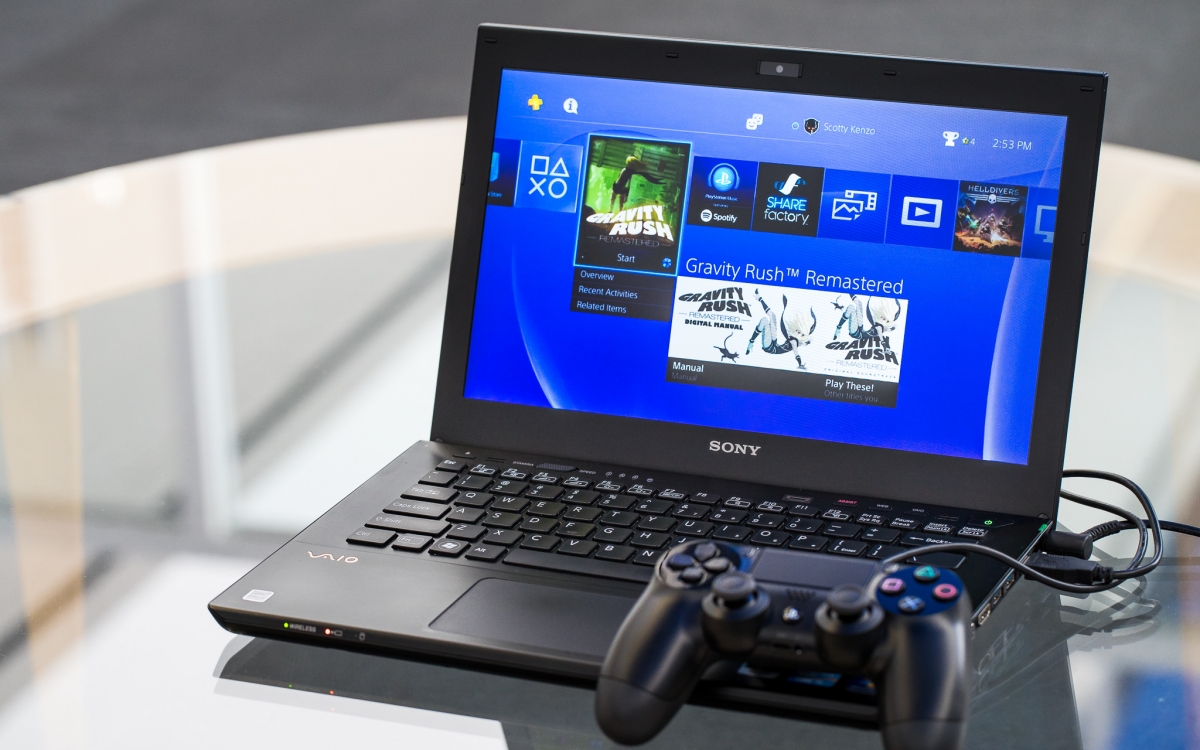

- M2070fw how to update firmware install#
- M2070fw how to update firmware drivers#
- M2070fw how to update firmware driver#
For example, in the diagram above with two device nodes, the firmware update driver can look for a sibling device to find the function driver.

Typically, the device node to be located is the parent or sibling of the device node on which the firmware driver is installed. A user may have plugged in multiple instances of the device, and the firmware driver should only update the device with which it is associated. To locate another device node, the firmware driver should walk the device tree relative to itself, not by enumerating all device nodes for a match.
M2070fw how to update firmware drivers#
The driver can then open this registry key to determine the location of the payload.įirmware update drivers should specify the following INF entries: Class=FirmwareĬlassGuid= PnP resolves this location when it installs the device. HKR,FirmwareFilename,"%13%\firmware_payload.bin" In your firmware update driver INF, specify DIRID 13 to cause PnP to leave the files in the driver package in the DriverStore: To update firmware for devices that use a Microsoft-supplied driver, you need to create a second device node, as shown above. Adding firmware update logic to a Microsoft-supplied driver

When installed, this INF creates the following device hierarchy:įor future firmware updates, update the INF and binary file containing the firmware payload. In the above INF sample, ComponentIDs = ComponentDeviceId indicates that the child device will have a hardware ID of SWC\ComponentDeviceId. %DeviceName%=Device_Install, PCI\DEVICE_IDĪddComponent=ComponentName,AddComponentSection The following snippet from an INF file shows how you can do this:

M2070fw how to update firmware install#
In this case, use an extension INF that specifies the AddComponent directive to create a device node that can be targeted by Windows Update and install the firmware update driver on it. Many device types, however, do not allow a single physical device to enumerate more than one device node. You can use this functionality to create a device node targetable by WU, and install a firmware update driver on it. Certain device types have the ability to expose a second device node on one physical device, such as USB. There are a couple ways to create a second device node. In this case, the function and firmware device nodes must have different hardware IDs in order to be targeted independently. The following diagram shows how one device can have two separate device nodes: The existing function driver can implement the firmware update mechanism, as shown in the following diagram:Īlternatively, if you want to update the function driver and the firmware update driver separately, create a second device node, on which you will install the firmware update driver. Adding firmware update logic to a vendor-supplied driver Submit your firmware update package as a separate driver submission. Typically, the firmware update driver package contains the following:


 0 kommentar(er)
0 kommentar(er)
